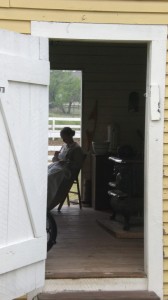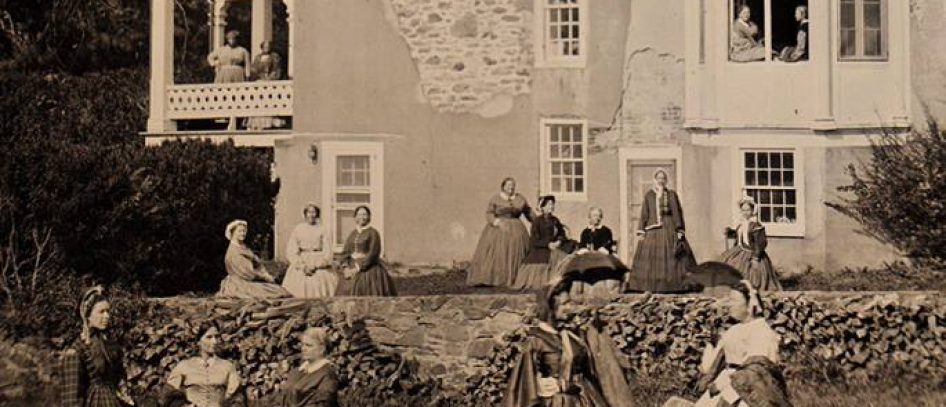
“About the war I know nothing, except I heard the folks talking about, but never seen any fighting or battles. We was too far from the ruckus, I reckon.”1 This was the statement given by Mose Smith, a former slave from Lamar County Texas when interviewed by the Works Progress Administration in the 1930s. It sums up the Texas experience during the war; too far from most military engagements and a relatively open trade route through Mexico, the majority of Texas did not see the devastation and hardships at the same level as the rest of the South.
Texas was still rough with a large foreign population in 1861; it was the frontier and on the fringe, as Kate Stone called it “the dark corner of the Confederacy.” Texas sent approximately 90,000 of her military aged males to fight for the Confederacy but they maintained a decidedly independent streak; as stated by a Texas cavalryman after the war, “To us, Texas was the ‘nation’: to her alone we owed allegiance. We were allied to the other Southern States, not indissolubly joined.”2
The large number of men occupied with the Confederate army left few in the state’s frontier to protect citizens against the attacks by the Native Americans in the north and west. Small pockets of the state were decidedly pro-Union, which resulted in violence within the state. Refugees saw Texas, so far from the fighting, as a safe haven for themselves and their property including their slaves. It was a haven for most of the local population too; with few battles in Texas and none in the interior, the majority of Texas did not see the devastation and hardships at the same level as the rest of the South.
This Texan individuality offers a wide range of interpretations for the Texas Civil War living historian—rich or poor, resident or refugee, pro-Union or pro-Confederate, slave holding or abolitionist, foreign or American born, farmer or urban professional, male or female, young or old.
Use the following links for additional information about Texas during the Civil War:
The Texan Secession Unionists, Draft Dodging, and Desertion Other Fronts Occupation Refugees Troop Support Blockades and Shortages Family Support Entertainment Slavery The War’s End and Emancipation
Additional Texas specific resources:
Articles and Documents Diaries Letters Bibliography
All newspaper transcriptions by Vicki Betts unless otherwise noted.
1 Baker, Lindsay and Julie P Baker, Till Freedom Cried Out: Memories of Texas Slave Life, Texas A&M University Press, College Station 1997, page 101
2 Joiner, Gary D. “Defending the Lone Star: The Texas Cavalry in the Red River Campaign”. The Seventh Star of the Confederacy, Kenneth W. Howell, ed. University of North Texas Press 2009, page 189.
